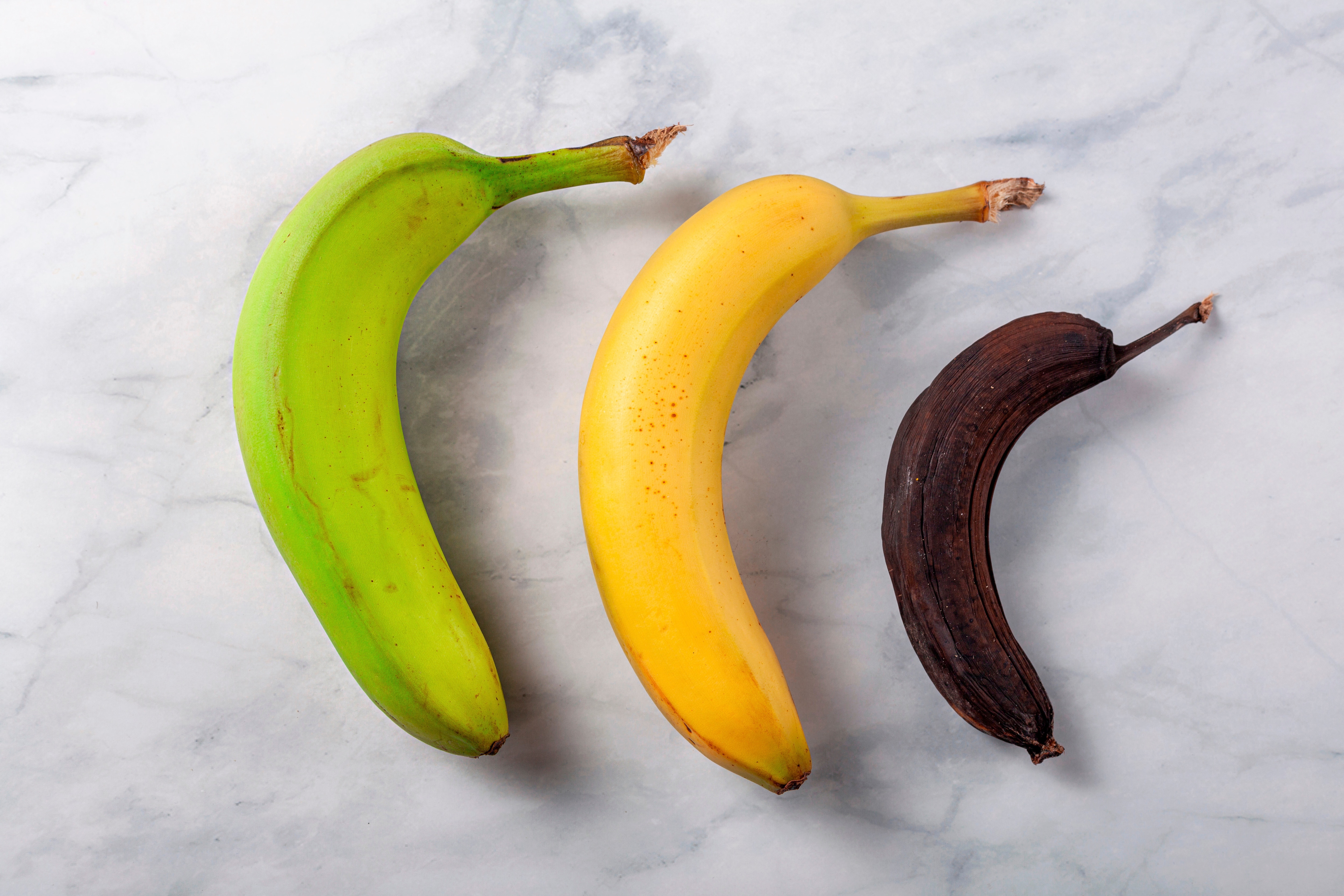The Role of Ethylene in the Ripening Process
Phytohormones, in particular ethylene (C₂H₄), control the ripening process of fruit. Some fruits, such as apples, produce high levels of ethylene and can therefore accelerate the ripening of surrounding fruits. This knowledge is important both for industrial storage and for private households.
Targeted Control of the Degree of Maturity Using Gases
Back in the early 19th century, French scientist Jacques Étienne Bérard discovered that harvested fruit absorbs oxygen (O₂) and releases carbon dioxide (CO₂). By removing oxygen, ripening could be slowed down, which enabled transportation without loss of quality. Nowadays, fruit is often harvested unripe and transported refrigerated to interrupt the ripening process. At the destination, ripening is then continued or accelerated with ethylene, acetylene (C₂H₂) or CO₂.
Precise Monitoring with Axetris Infrared Sources
Optical measurement techniques such as non-dispersive infrared spectroscopy (NDIR) are used for the continuous monitoring of these maturing gases. Axetris' broadband infrared sources with high emission power, in combination with multi-channel detectors, enable the simultaneous measurement of several gases. This ensures flexibility, regardless of the maturing gas used, and allows precise control of the maturing process.

